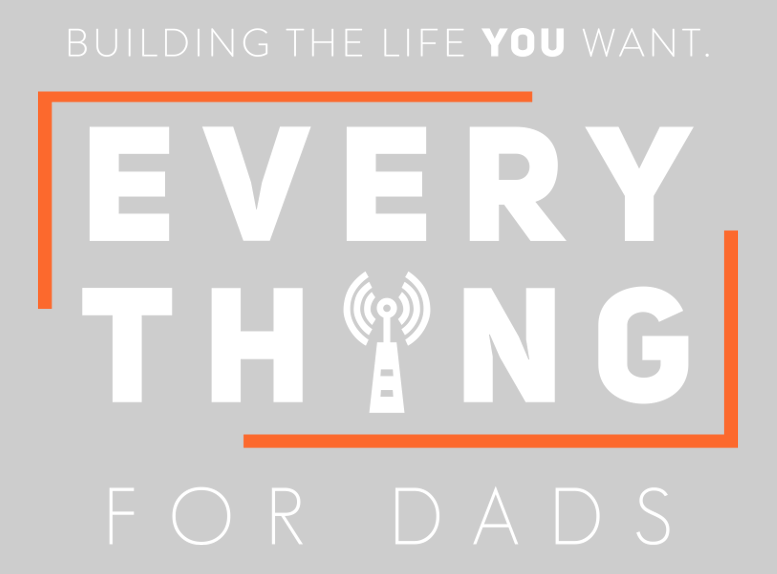How Extreme Weather Events Can Affect Your Personal Injury Case
Bad weather most often complicates car accident cases, with negligent drivers claiming the slick road or the intense rain is to blame, not them. If victims do not assert their right to recovery, extreme weather events could unnecessarily affect their personal injury claims.
Weather is rarely the sole cause of victims’ injuries, particularly if involved parties do not adjust their behavior to account for that bad weather. For example, while rain might make visibility low, drivers should respond by slowing down, using their headlights, and not making unnecessary or risky maneuvers, like quick lane changes. To prove that extreme weather didn’t cause your injuries, but the defendant did, your Philadelphia personal injury attorney should introduce strong evidence that undermines the opposing side’s arguments, like eyewitness statements, expert witness testimony, and video and photographic evidence.
Can Extreme Weather Events Stop You from Filing a Personal Injury Case?
While people are still responsible for their actions, regardless of the weather, sometimes, extreme weather events are the sole cause of an accident. In these situations, people who suffer injuries might be unable to file a lawsuit, as there would be no one to blame.
When plaintiffs file personal injury lawsuits, they must be prepared to prove four elements in court. Those elements are that the defendant owed the plaintiff a “duty of care,” the defendant breached their duty of care, the defendant’s breach caused the victim’s injuries, and the victim incurred damages.
Take a car accident, for example, one of the biggest reasons victims need to file personal injury lawsuits. The driver who hit you would have had a duty to operate their vehicle safely and according to traffic laws. If it was raining or snowing badly at the time, the driver also would have had a duty to adjust their driving accordingly, like by slowing down and using their headlights because of the poor visibility and harsh conditions.
Extreme weather most directly affects personal injury lawsuits when it comes time to prove causation, or that the defendant’s breach of duty caused the victim’s damages. A breach of duty is a negligent act that causes an accident, like speeding or driving under the influence. Immediately after accidents and when speaking to police officers, at-fault drivers might use bad conditions as an excuse for the crash. Victims should not accept this at face value, and should have an attorney review the accident further to see whether or not they can file a lawsuit. Insurance doesn’t cover everything, such as a victim’s pain and suffering.
Bad weather can cause other injuries as well, like if property managers fail to salt or shovel outdoor common areas and tenants slip on ice or snow. In these types of accidents, victims should confirm their ability to sue based on the property owner’s failure to uphold their duty of care, which includes maintaining reasonably safe environments free from hazards.
Proving Extreme Weather Didn’t Cause Your Personal Injuries
When filing lawsuits against at-fault parties who might try to use extreme weather as a scapegoat to evade liability for victims’ damages, plaintiffs need strong evidence. Even if weather was a contributing factor to your injuries, if someone else’s negligent conduct played a part in causing your damages, you may be able to recover. To do so successfully, your lawyer may get eyewitness statements, enlist experts, and use photo and video evidence.
Getting Eyewitness Statements
Eyewitnesses’ statements may be some of the most useful evidence when it comes to undermining defenses claiming that extreme winds, rain, or snow caused injuries. For example, after a car crash in a major storm, eyewitnesses might stop to offer aid. Drivers who are speeding might lose control on slippery roads, and such accidents could cause cars to flip or roll over. Even when visibility is low, eyewitnesses might see accidents happening. In bad weather, drivers should be on high alert and may notice others on the road who are swerving or acting negligently. Eyewitnesses may confirm that, despite the bad weather, it was the defendant’s negligence that caused your accident.
Eyewitness statements may be available after other accidents, like slip and falls. Your attorney should prioritize identifying and interviewing them so their statements get preserved and are as accurate as possible.
Enlisting Experts
Accident reconstruction experts can be especially helpful in motor vehicle accident lawsuits complicated by extreme weather. When your attorney involves such experts in your case, they can review car black box data, photos of property damage and impact points, police reports, and other evidence to make various determinations. Among these may be the negligent driver’s speed at the time of the crash, which might show they were driving over the speed limit despite the bad weather conditions at the time.
Using Photo and Video Evidence
Photo and video evidence from the accident site can help confirm the conditions at the time and the sequence of events. Videos may come from eyewitnesses, victims, or surveillance systems, and your lawyer should contact all potential sources of video footage to make sure it is not deleted before it is reviewed for its relevance to your case.

